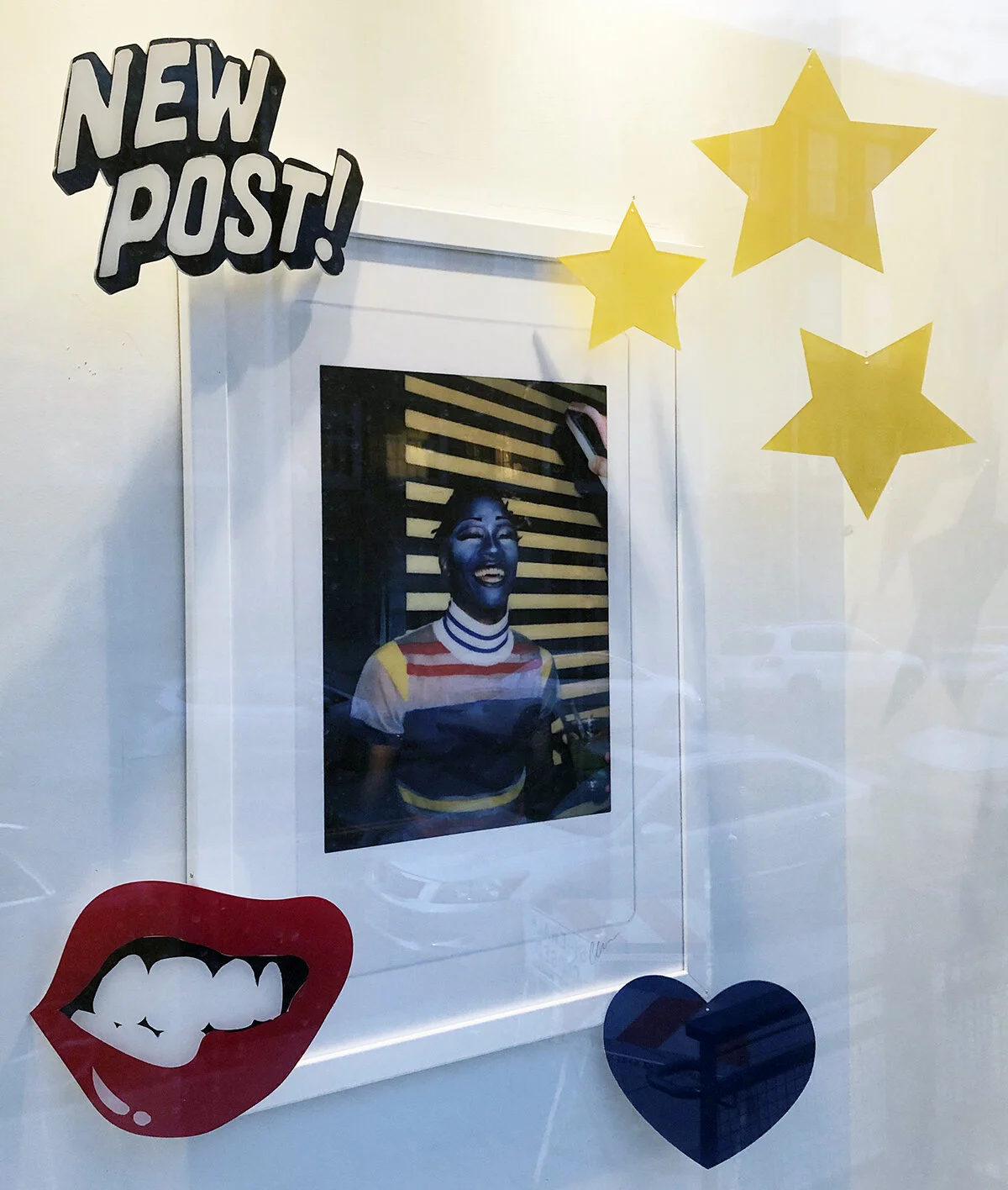Lullaby
Tiffany Matheson: Lullaby
Pirate: Contemporary Art
7130 W 16th Ave, Lakewood, CO 80214
September 4-20, 2020
Admission: Free
Review by Mary Grace Bernard
“Hush-a-bye / Don't you cry / Go to sleepy little baby
When you awake / You shall have / All the pretty little horses.”
“All The Pretty Little Horses” is my favorite lullaby—it’s the song my mom sang to lull me to sleep when I was a child. I distinctly remember her singing it while rocking me into a calm state. Perhaps you have a similar memory? The feeling of a parent holding you close in a reassuring grasp of warmth and security.
This connection of care between parent and child is what inspired Denver artist Tiffany Matheson to create her installation Lullaby at Pirate: Contemporary Art. [1] Matheson was born and raised in Denver. Her work is generally based in geometry and mathematics with an emphasis on human interaction and perception. Many of her works speak to our senses of sight, sound, and touch and incorporate light, texture, color, and nature. [2]
An installation view of Tiffany Matheson’s Lullaby, 2020, with a focus on the suspended balls of yarn. Image by the author.
An installation view of Tiffany Matheson’s Lullaby, 2020, with a focus on the five-note keyboard. Image by the author.
Upon entering Pirate co-op’s Full Member gallery, the viewer is greeted with a puzzle of wires and pulleys, colorful balls of yarn suspended from the ceiling, and a five-note keyboard on the ground (played by the viewer’s feet). In the distance, five boxes installed on a wall hold painted bells attached to more wires and pulleys. Altogether, each component unifies into an interactive installation. In fact, the entire work is a lullaby, represented both visually and sonically, where viewers are asked to guess which famous lullaby they can play by stepping on the keys, ringing the bells, and reading the hanging balls of yarn.
An audience member plays the keyboard in Tiffany Matheson’s Lullaby ,2020. Image by the author.
Audience members become part of the artwork in a type of socially distant, COVID-safe performance where viewers embody the performer as they interpret the lullaby. The simple definition of a lullaby describes the song as a quiet and gentle tune that sends a crying baby to sleep. [3] While historians are unsure of its origins, they have found records of the action of singing to our children throughout history. [4]
A detail view of Matheson’s Lullaby, 2020, that shows the box holding a bell connected to wires and pulleys. Image by the author.
Lullabies are an invisible form of attention and care exchanged between parent and child, a song that soothes both parties in times of distress. Like lullabies, Matheson’s installation is an exchange of care between herself and her viewers where the artist offers audience members a moment of focused stillness. As a result of our current social, political, and economic turmoil, this soothing transaction helps viewers to stay in the present, if only for a moment.
Unfortunately, there are no directions provided on how to solve the puzzle; thankfully, Matheson is usually there to give you hints. Can you solve the puzzle and discover the hidden lullaby?
In addition to Matheson’s exhibition, Pirate is also showing Suzy Savoy’s Offerings in the Associate Member gallery between September 4-20, 2020.
Mary Grace (MG) Bernard is a (dis)abled emerging artist, independent curator, and art writer living and working in New Orleans and Denver. She lives with cystic fibrosis, a chronic illness that informs her daily art and writing practices. She combines art theory and art practice in an effort to break down binaries and the relationships between the public and private spheres of experience. MG is the Founder & Director of Femme Salée, an innovative online art journal and zine dedicated to the voices working within exceptional art communities.
[1] Pirate is the oldest operating artist co-operative in the Denver area. They opened their doors in 1980 as an alternative art space dedicated to promoting underrepresented contemporary artists in the local art scene. The gallery has “full members” and “associate members” who exhibit at the space each year. “About,” Pirate: Contemporary Art, https://www.pirateartonline.org/about, accessed September 12, 2020.
[2] Tiffany Matheson, “Biography,” Tiffany Matheson, https://www.tiffanymatheson.com/biography, accessed September 12, 2020.
[3] “Lullaby,” Oxford English Dictionary (Oxford University Press, 2020).
[4] Law, Yao-Hua, “The Origins of Lullabies: Lullabies may have come about as a hands-free way for our ancestors to soothe their young,” Discover Magazine, May 16, 2017, https://www.discovermagazine.com/planet-earth/the-origins-of-lullabies, accessed September 12, 2020.











